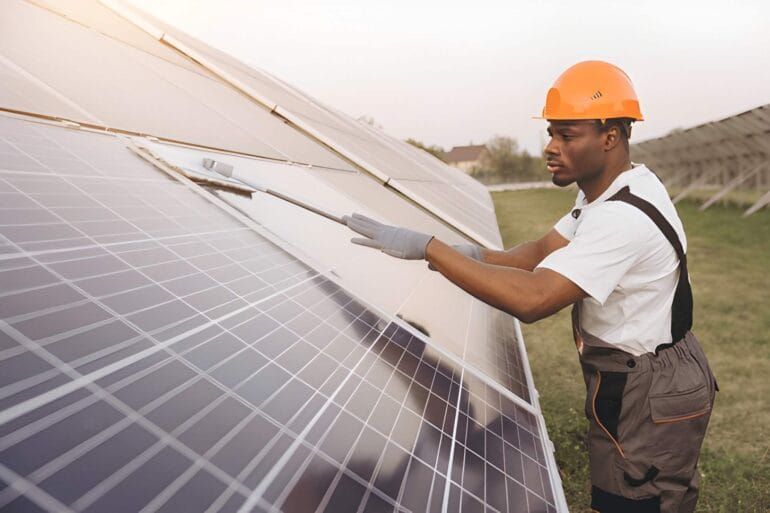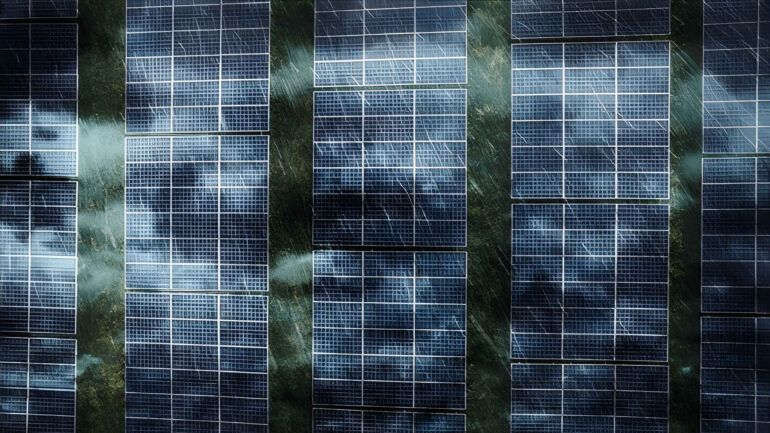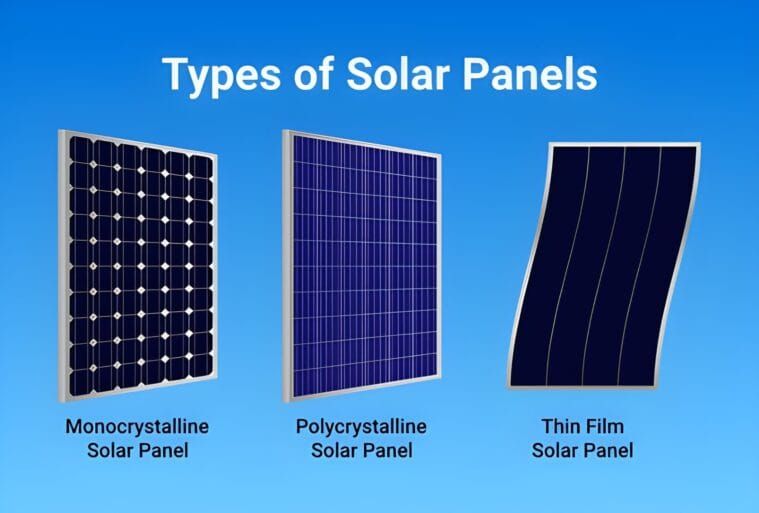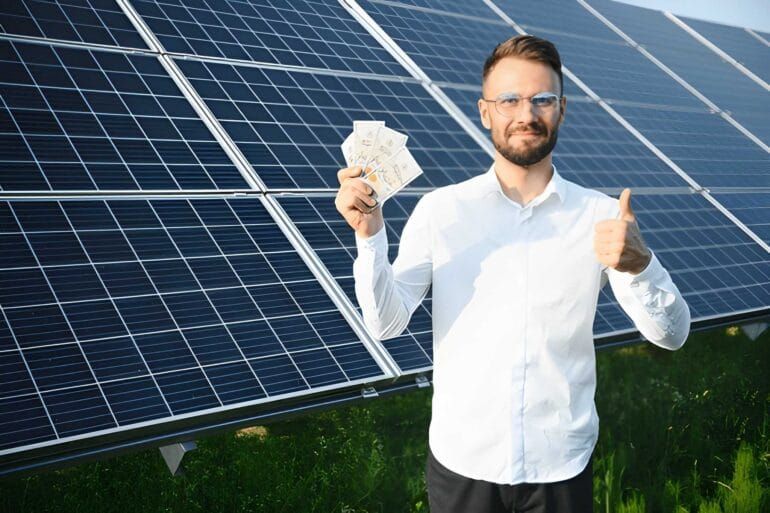Introduction
In the pursuit of sustainable and eco-friendly energy solutions, solar power has emerged as a frontrunner. Among its various applications, solar hot water systems stand out as an efficient and environmentally conscious way to meet our daily hot water needs. This article delves into the workings of solar hot water systems, exploring the technology behind this renewable energy marvel.
Harnessing Solar Energy
At the core of solar hot water systems is the utilization of sunlight to generate heat. Solar collectors, typically mounted on rooftops or open ground, are the key components responsible for capturing sunlight. These collectors come in two main types: flat-plate collectors and concentrating collectors.
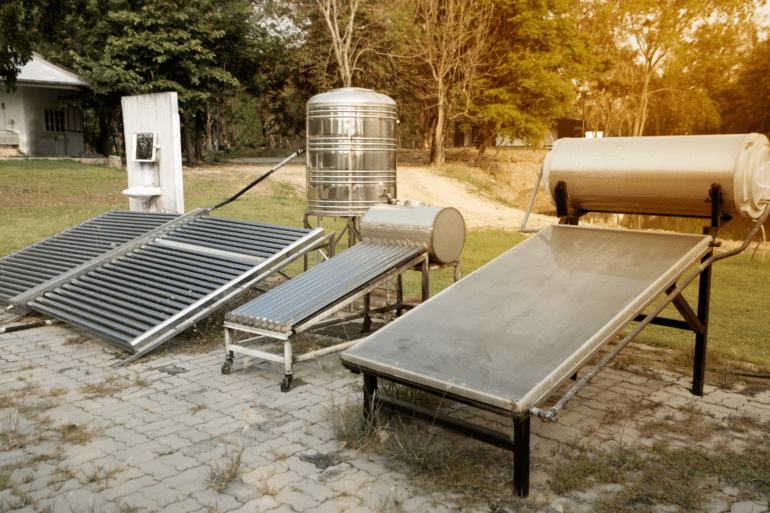
- Flat-Plate Collectors: Flat-plate collectors are the most common type and consist of an insulated metal box with a glass or plastic cover. Within this box, there is a dark-colored absorber plate, often made of metal or polymer, which absorbs sunlight. The absorbed sunlight heats the fluid (usually water or a mixture of water and antifreeze) circulating through tubes or channels in contact with the absorber plate.
- Concentrating Collectors: Concentrating collectors, on the other hand, use mirrors or lenses to focus sunlight onto a smaller absorber area. This concentrated sunlight generates much higher temperatures, making concentrating collectors suitable for high-temperature applications such as industrial processes.
The Circulation System
Once the solar collector has absorbed sunlight and heated the fluid, the next step is to transfer this heat to the water supply. This is achieved through a circulation system, which can be either passive or active.
- Passive Systems: Passive systems rely on natural convection to circulate water through the collector and into the storage tank. As water is heated, it becomes lighter and rises, creating a natural flow. This system is simple and has fewer components but may be less efficient in colder climates.
- Active Systems: Active systems use pumps to circulate the heat transfer fluid (HTF) between the collector and a heat exchanger or storage tank. This method allows for greater control over the circulation process and is often more efficient, making it suitable for a wider range of climates.
Heat Exchanger and Storage
After the heat is transferred from the collector to the fluid, the heated fluid is pumped to a heat exchanger or directly to a storage tank.
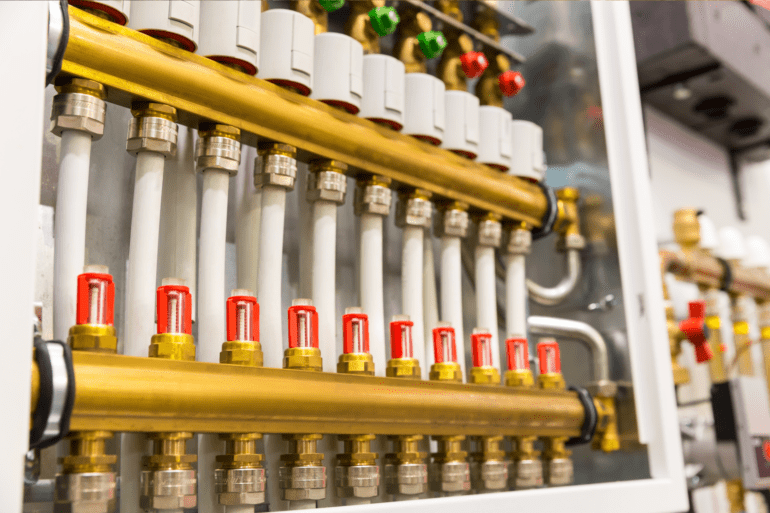 The heat exchanger transfers the thermal energy from the fluid to the water in the storage tank without mixing the two. In systems without a heat exchanger, the heated fluid is pumped directly into a dedicated storage tank.
The heat exchanger transfers the thermal energy from the fluid to the water in the storage tank without mixing the two. In systems without a heat exchanger, the heated fluid is pumped directly into a dedicated storage tank.
Utilizing the Hot Water
The final step involves utilizing the hot water stored in the tank for various domestic or industrial purposes. This hot water can be used for bathing, space heating, or other applications, providing a sustainable alternative to traditional water heating methods.
Absorption of Solar Energy: The Role of Absorber Plates
The absorber plate is a critical component of solar collectors. It is designed to absorb sunlight and convert it into heat. Typically made of metal, such as copper or aluminum, the absorber plate is coated with a selective surface that enhances its ability to absorb solar radiation. This selective coating minimizes heat loss, ensuring maximum efficiency in converting sunlight into thermal energy.
Transfer Fluid: Conveying the Heat
Once the absorber plate has absorbed solar energy, a transfer fluid is responsible for conveying this heat to where it is needed. Commonly, water or an anti-freeze solution circulates through the collector and absorbs the thermal energy. This heated fluid then moves through a system of pipes to the point of use or to a heat exchanger, where it transfers its heat to the water that will be used for domestic purposes.
Storage: Ensuring Hot Water Availability, Day or Night
To provide a continuous supply of hot water, solar hot water systems incorporate a storage unit. This can take the form of a solar hot water tank, where the heated water is stored until it is needed. The design of the storage unit is crucial to minimize heat losses and maintain water temperature. Some systems also include a backup heating source, such as an electric or gas heater, to ensure hot water availability during periods of low sunlight.
Circulation: Moving the Heat Efficiently
Efficient circulation is essential to ensure that the transfer fluid effectively conveys the absorbed solar heat. This is often achieved through the use of pumps that circulate the fluid through the solar collectors and the water heating system. The circulation system is carefully designed to optimize heat transfer and minimize energy losses.
Control Systems: Smart Management of Solar Heat
Modern solar hot water systems are equipped with control systems that optimize performance and energy efficiency. These systems monitor factors such as collector temperature, storage tank temperature, and energy demand. Based on these inputs, the control system can adjust the operation of pumps, valves, and auxiliary heating elements to ensure optimal functioning under varying conditions.
Conclusion
In conclusion, the question “How does solar hot water work?” takes us on a captivating journey through the marriage of technology and nature. Embracing solar hot water not only meets our daily needs but aligns with a responsible and sustainable approach to energy consumption. As we look to the future, the widespread adoption of solar hot water systems holds the promise of a cleaner and greener world.
FAQs:
Q1: Are solar hot water systems cost-effective?
Absolutely! While the initial investment may seem higher, the long-term cost savings make solar hot water systems a financially savvy choice.
Q2: How do I maintain a solar hot water system?
Regular checks on components, cleaning solar collectors, and monitoring fluid levels are key to maintenance. Professional inspections are advisable.
Q3: Can solar hot water work in colder climates?
Yes, advancements in technology allow solar hot water systems to operate efficiently in colder climates. Proper system design is crucial.
Q4: Are government incentives available for installing solar hot water systems?
Many countries offer incentives, rebates, or tax credits for installing solar hot water systems. Check with local authorities for available programs.
Q5: What is the lifespan of a solar hot water system?
With proper maintenance, a well-installed solar hot water system can last 20 years or more. Regular inspections and timely repairs contribute to longevity.

